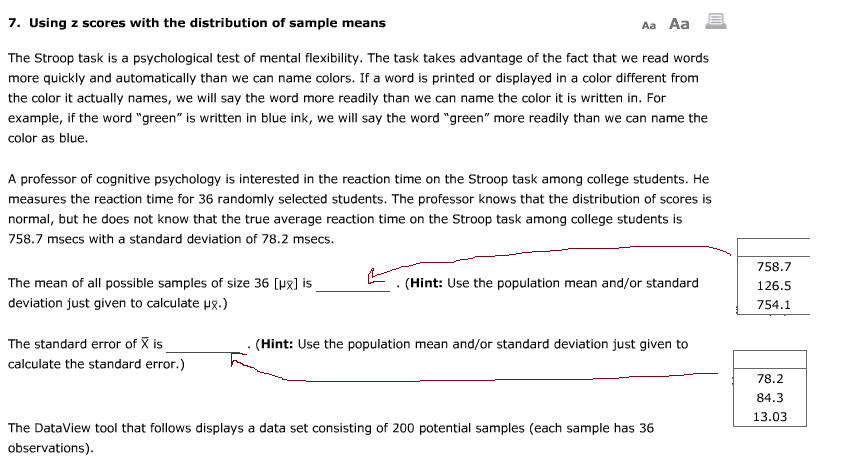

- #Digit span psychology lab report full
- #Digit span psychology lab report trial
- #Digit span psychology lab report plus
- #Digit span psychology lab report series
Click either the Yes or No button to answer the math problem.
#Digit span psychology lab report trial
If you are using a computer, click the Start Next Trial button to begin. Tap the other response buttons to recreate exactly the sequence of items you just saw.

Tap either the Yes or No button to answer the math problem. If you are using a tablet, tap the Start Next Trial button to begin. After you answer the question, a new Web page window will appear that includes a debriefing, your data, your group's data, and the global data. Your operation span score is valid only if you are more than 85% accurate in evaluating the math problems, so try to answer all of those problems correctly while trying also to remember the order of the words.Īt the end of the experiment, you will be asked if you want to save your data to a set of global data. There is no way to correct mistakes, so be careful! Any mistake (recalling too many items, recalling too few items, or recalling items in the wrong order) counts as incorrect. Being correct means that you click on the buttons in the same order the items appeared in the sequence. This means you should indicate the order in which the words were presented. Words and math problems will alternate.Īt some point, you will be asked to recall all the words from the series. You will then see another math problem, which you will read out loud and then indicate whether the answer is correct or not. If the problem is correct, respond yes if the answer is incorrect, respond no. After reading it out loud, you should then decide whether the given answer is correct or incorrect.
#Digit span psychology lab report plus
The math problem will be something like: "Is 10/2 + 2 = 7 ?" and you will be asked to read it out loud (i.e., you should say "Is ten divided by two plus two equal to seven?"). On each trial, a sequence of math problems and words will alternate.
#Digit span psychology lab report full
Make sure that you can see the full area before you begin the lab. If you have logged in, you'll see a rectangle below.

This demonstration allows you to measure your operation span using the procedure of Conway & Engle (1996). Performance on simple span tasks usually correlate very highly with complex span tasks, but complex span tasks often correlate with a wider variety of tasks, including those that tap attention, than simple span. The primary difference is the presence (complex span) or absence (simple span) of a secondary task (e.g., the math problems). This type of task is often called a complex span task, and can be contrasted with a simple span task, such as Engle and his colleagues have argued that this implies a general pool of resources that is used in every type of working memory situation. Operation span measures predict verbal abilities and reading comprehension even though the subjects are solving mathematical problems. The number of operation-word strings in a sequence is increased and decreased to measure the participant's operation span.
#Digit span psychology lab report series
After a series of problems and words has been presented, the participants recall the words that followed each operation. In this task, participants are asked to read and verify a simple math problem (such as "Is (4/2)-1=1 ?) and then read a word after the operation (such as SNOW). To determine whether there is a general capacity for all working memory tasks, Turner and Engle (1989) developed a task called operation-word-span or OSPAN. One question that has been posed is whether the capacity is specific to verbal tasks or if there is a general pool of resources that is used in every working memory task. This active process, however, seems to have a limited amount of resources to work with. Working memory is often viewed as a flexible workspace that not only stores information but also plays an active role in processing and manipulating information. Estimated time to complete lab: 20 minutes Background


 0 kommentar(er)
0 kommentar(er)
